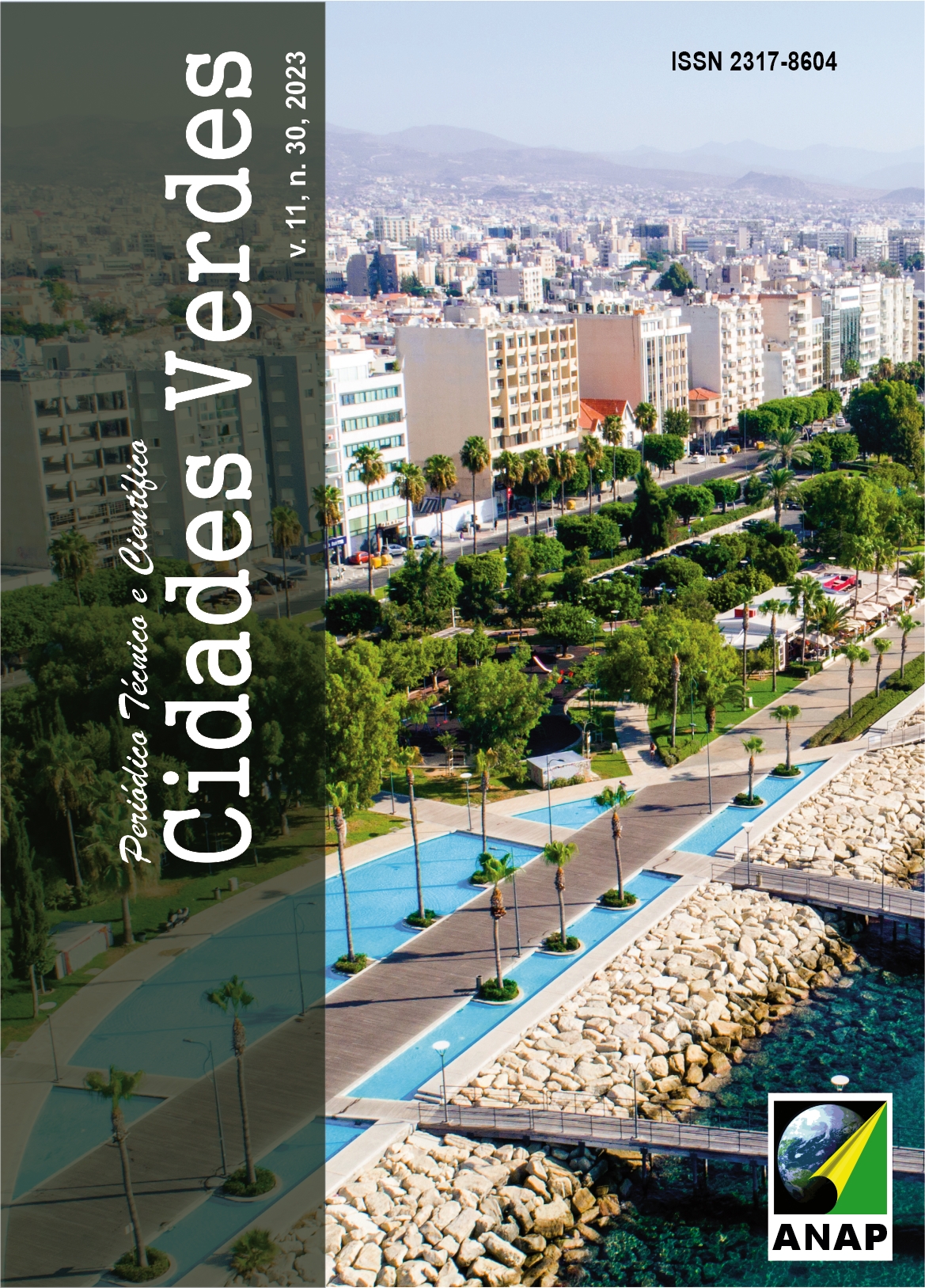Frequency analysis of extreme air temperature events in an urban center in the Brazilian savanna
DOI:
https://doi.org/10.17271/23178604113020234390Keywords:
Extreme Events, ENOS, Climate EmergencyAbstract
The increase in the planet's average air temperature in recent years has influenced the pattern of natural climatic phenomenons, with levels outside the normal range, the occurrence of prolonged dry periods, torrential rains and heat waves. Due to the climate crisis, extreme events have become increasingly frequent and more intense. With that in view, the aim of this article was to analyze the frequency of occurrence of extreme air temperature events between 2003 and 2023 in Cuiabá-MT-Brazil, as well as to understand the relationship between these extreme heat wave events and the occurrence and intensity of ENOS events. To this purpose, extreme events were analyzed using daily maximum air temperature data for the period from January 1, 2003 to October 31, 2023 obtained from the automated station of the National Meteorological Institute (INMET) located in Cuiabá - MT (CÓDA907), and ONI (Oceanic Niño Index) data. The results showed a significant increase of 86% in the occurrence of extreme events in 2020, compared to 2007, the year with the lowest number of occurrences. Therefore, it is extremely important that issues such as climate emergency, climate change and climate resilience are discussed as a means of public policy, preventing these increases from becoming even worse in frequency and/or intensity.
Downloads
Published
Issue
Section
License

This work is licensed under a Creative Commons Attribution-NonCommercial-ShareAlike 4.0 International License.















